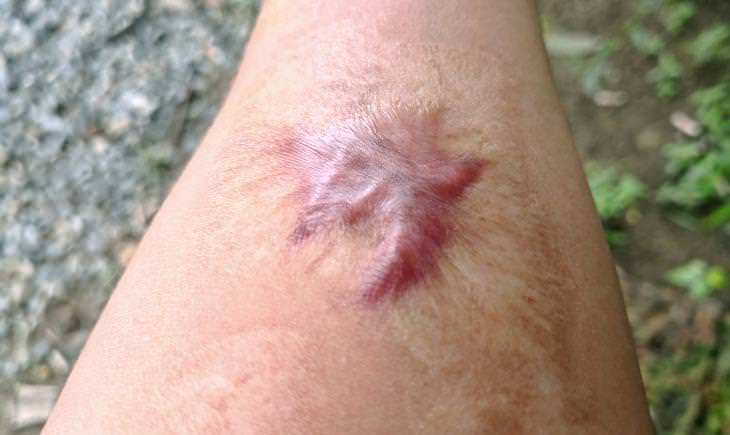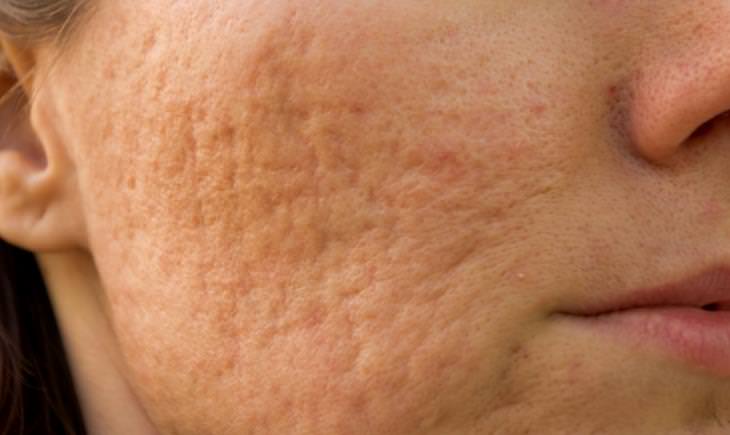
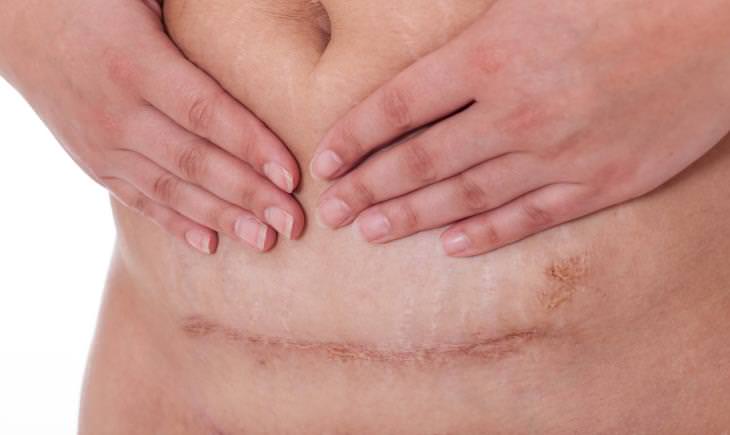
New scars may itch due to slight damage to the nerve endings near the injury. Nerves can become sensitized and cause an itchy sensation as they heal. Therefore, if your scar itches, it's healing.
An old scar is at least two years old. An old scar may itch if the skin is too tight, as is often the case after a burn. Tight and dry skin is easily irritated.
Noninvasive treatments are fit for small scars, new and old alike. These include the following topical treatments: creams, over-the-counter silicone bandages, prescription compression bandages, or massaging new scars while applying pressure. These treatments require diligent upkeep for several months for you to see results.
Invasive treatments are fit for larger scars that cause severe discomfort and don't respond to topical treatments. These may include laser therapy, surgical excision, corticosteroid injections, cryosurgery (a chemical freezing of the tissue), and as a last resort, radiation therapy.
Prevention is Easier than Treatment
The best approach is to avoid injury instead of doing damage control. This can be done even before the scar forms. The key steps are to keep the skin clean, apply healing ointments, and use silicone bandages diligently. This regimen will help you prevent abnormal scarring as well as itching, and it will promote healthy skin healing. Do keep in mind that some scarring is inevitable.
When to See a Doctor About a Scar
Since we were babies, our mothers told us not to itch a scab. The medical reasoning behind that is that itching can introduce bacteria into the healing wound, causing an infection. If the scar is swollen more than usual, hot to the touch, painful, or the itching you experience interferes with your daily life, see a doctor. Cosmetic appearance is also a good reason to consult your doctor.
Source
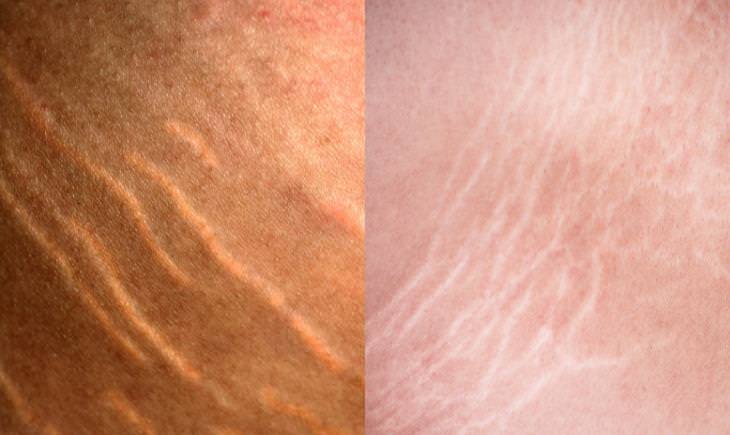
These can be caused by an increase of cortisone, apart from the well-known causes like pregnancy, rapid growth, or weight gain. Cortisone is a hormone naturally produced by the body. Having too much of it causes the skin to lose elasticity. Raised levels of cortisone (not to be confused with cortisol, the stress hormone) are caused by adrenal gland disorders, as this is the gland that produces this hormone.
Extensive use of corticosteroid creams, lotions, and pills can also abnormally increase cortisone levels. These are used topically to treat eczema, dermatitis, and other skin conditions. Taken internally, they "treat rheumatoid arthritis, inflammatory bowel disease (IBD), asthma, allergies, and many other conditions. These drugs also help suppress the immune system in order to prevent organ rejection in transplant recipients," according to Mayo Clinic.
A common myth about stretch marks is that they can be erased. However, that is sadly not the case. They will fade over time, even with no treatment at all. While there are treatments to improve their appearance, these scars will never vanish completely. Exfoliating treatments and collagen restoring creams, such as tretinoin may help, but they must be combined with daily use of sunscreen.
Source
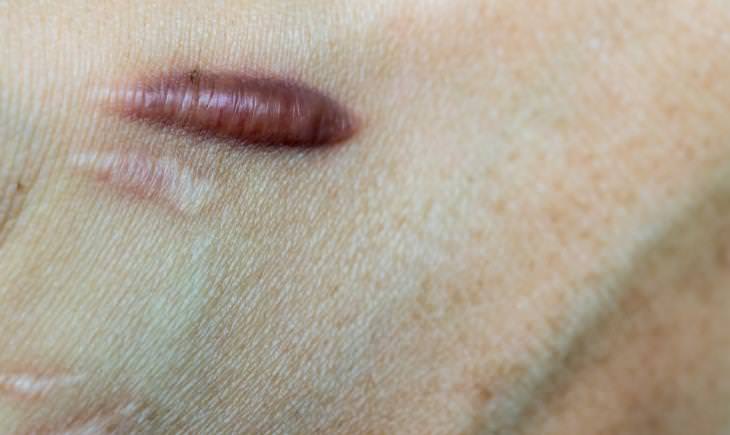
Keloids occur when there's an abnormal growth of scar tissue. They can be much larger than the original wound. Keloids are harmless and mainly pose a cosmetic concern. They may take weeks or months to grow, and they may be itchier than other forms of scars. About 10% of the population is affected by them.
Removing a keloid scare can be tricky, as the skin will try to scar up and heal again, growing more keloids that could be larger than the ones before. Over time, a keloid will shrink, and moisturizing it will help the discomfort. Silicone pads, pressure dressings, and even injections can be effective for treating a newly formed keloid. Laser treatments and cryosurgery will help an older keloid. While the risks of such a procedure are low, the chances of it regrowing are high.
Source
